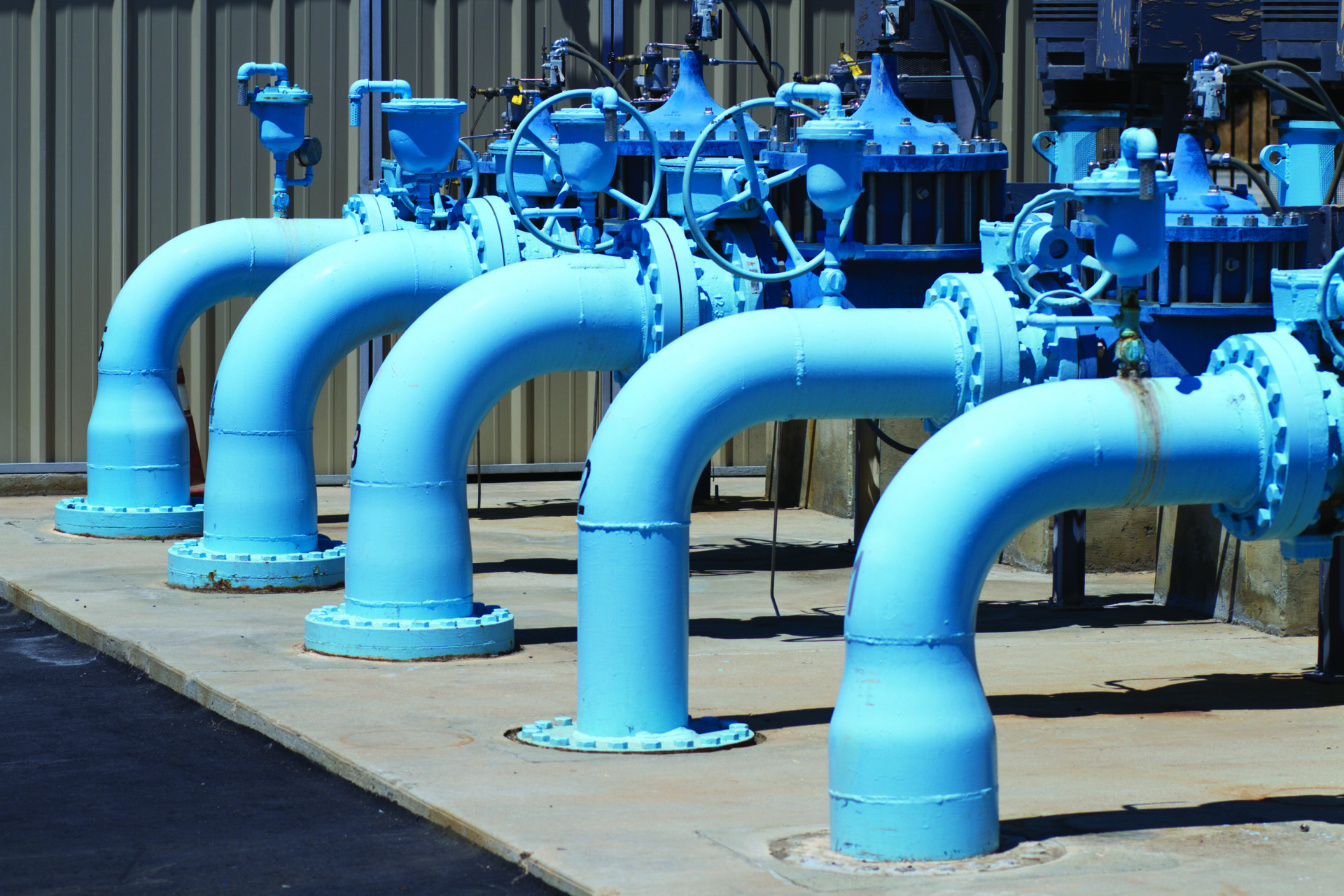The importance of properly setting water and wastewater rates
The importance of properly setting water and wastewater rates
By Josh Fowler, P.E. (Posted March 1, 2018):

Survival depends on clean drinking water, so a utility must provide quality service at a fair price. It also must operate in a financially responsible way.
Water and wastewater utilities, no matter the size, face numerous challenges while providing safe, high-quality water to customers. One challenge is adequately setting rates and user fees while providing a great value for customers. Because clean drinking water is paramount to survival, it is important to provide quality service at a fair price. However, a drinking water utility must also ensure that it operates in a financially responsible manner. That ensures both the effective and efficient operation of the system while providing a continuation of the quality drinking water the customers deserve and expect.
Financial responsibility includes proper rate setting that is evaluated based on revenue sufficiency. Revenue sufficiency must be established in order to ensure long-term sustainability for a utility. It is important to note that sustainability is based on being good stewards of ALL resources: environmental, personnel, and financial.
According to the American Water Works Association 2016 State of the Water Industry Report, “Twenty-nine percent of the utilities (surveyed) indicated difficulty with implementing full cost pricing and 35 percent expect that to be the case in the future.” This means that approximately one-third of responding utilities struggle to establish revenue sufficiency. That is not a good situation for utilities. The report also states that the most important issue in the areas of facilities renewal and/or replacement is “establishing a financial policy for capital reinvestment.” Therefore, sound utility business practices, including proper rate setting, should be at the epicenter of every utility’s operational culture and mission.
Additional data
• Notes from December 2017 AWWA Journal Article on Sustainability:
◦ For most significant sustainability issues, customer water rates:
– Ranked No. 2 in 2016 (after maintaining/expanding asset life)
– Ranked No. 3 in 2017 (after maintaining/expanding asset life and water conservation/demand)
◦ Regarding key stakeholders and public views about value of water:
– 47.4 percent of respondents say they understand the need (for rate increases) but still want utilities to cut costs.
• From a recent AWWA report:
◦ Consumer Price Index (CPI) averaged a 2.4 percent annual increase over a 10-year period.
◦ Over the same period, water rates increased 5.5 percent annually.
◦ Over the same period, wastewater rates increased 6.1 percent annually.
• From CircleofBlue.org Dashboard:
◦ From 2010 – 2017, water rate increases for a family of four:
– At 150 GPD, rates increased 7.4 percent per year.
– At 100 GPD, rates increased 7.6 percent per year.
– At 50 GPD, rates increased 7.1 percent per year.
So why have there been such significant rate increases in recent years? Well, there are many answers, but here are some of the most common:
• Historical underpricing has led to playing “catch-up.”
• Repair/replacement of aging infrastructure and future investments
• Shifts and growth in population
• Intensifying drought conditions in some areas, and water supply shortages
• Conservation pricing
• Other miscellaneous reasons, such as increased funding of a town’s general fund
So, how does a utility balance increasing needs and associated costs/expenses with maintaining a fair and affordable pricing structure? First, if you do not have a plan, you should make one. A dynamic (don’t let it sit on the shelf) master plan must be established to address facility deficiencies and plan for future improvements. That master plan will lead to development of a PRIORITIZED capital improvements program that will serve as a key part of the rate-setting foundation, along with O&M expense, debt service expense, and depreciation expense. Then you are ready to design and implement rates.
Because every utility and every community are different, there is not a one-size-fits-all approach to rate setting and implementation. However, there are several key ideas that must be considered:
• There is no cookie-cutter approach to rate setting, as communities and customer demographics are always in flux.
• Take a common-sense and logical approach to rate setting. This makes it easier to design, implement, and communicate to all stakeholders … including your customers.
• Get your communities involved. You need to establish a presence in your community long before rate discussions begin.
• Understand the intricacies of your communities. This includes understanding the demographics and how they may change over time:
◦ Residential vs. industrial vs. commercial vs. agricultural
◦ Income distribution: This is important when considering rate affordability.
◦ Past/current environmental or economic issues
◦ Geography or manmade barriers affecting cost of service
◦ Regulatory considerations
• Get a handle on your usage/demand. Understand the trends and projections, and think about how these may change going forward.
• Make sure your board is trained and engaged.
• Communication is key throughout the rate-setting process and beyond:
◦ It is never too early to start the conversation.
◦ Who will lead the communication effort? This could be a commissioner, board member, the general manager, or the public relations manager.
◦ Develop the narratives and stay consistent. Narratives may vary by stakeholder. For example, the narrative for your industrial customer base may be completely different than the narrative that you will give your residential customers.
• Provide context and community-specific tools and tactics to help the stakeholders become educated regarding the need for rate increases. Infographics are great tools to help with this.
• Engage media as necessary … and use social media to your advantage.
There are many resources available to help you effectively and efficiently navigate the rate-setting process. In addition to the many publications on the subject, there are many other resources at your disposal. Talk to your peers and colleagues at similar utilities. Ask an engineering consultant for guidance. Consult your technical/professional association to see what resources are available. One last thought: DO NOT “set it and forget it.” Your pricing policies and rate plans should be reviewed periodically, and adjusted as necessary.
In summary, properly setting rates is critical in order for a utility to become sustainable through revenue sufficiency. You owe it to your customers to be good environmental stewards AND good financial stewards. Ultimately, your customers have to live with your decisions, so they want you to make good ones … even if it means a rate increase. By focusing on the key considerations above and by following a disciplined approach, you will achieve short- and long-term success.




